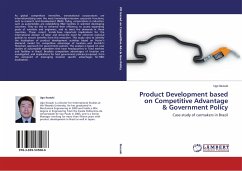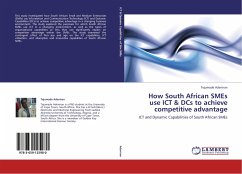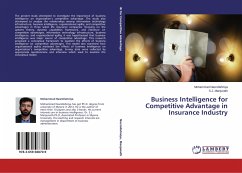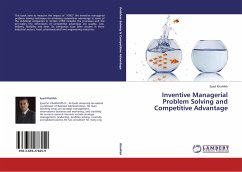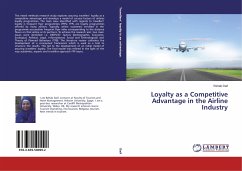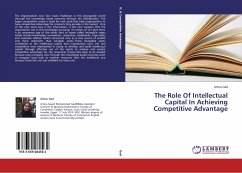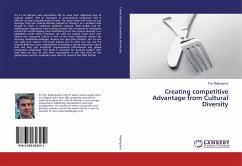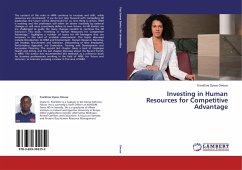As global competition intensifies, transnational corporations are internationalizing even the most knowledge-intensive corporate functions, such as research and development (R&D). Today, corporations in industries such as automobiles are establishing R&D facilities in selected developing countries. They do this to enhance their efficiency, to access expanding pools of scientists and engineers, and to meet the demands in these countries. These recent trends have important implications for the international division of labor and stress the need for coherent national policies to ensure benefits from this evolution. This study aims to identify the localization of product development activities based on Porter's diamond model for competitive advantage of location, and Kuchiki's flowchart approach for government policies. The analysis is based on case studies of automobile assemblers that have headquarters in Triad markets and facilities in Brazil. Brazilian competitive advantages of location are investigated, and implications for host government policies proposed, from the viewpoint of leveraging location specific advantages for R&D localization.
Bitte wählen Sie Ihr Anliegen aus.
Rechnungen
Retourenschein anfordern
Bestellstatus
Storno

